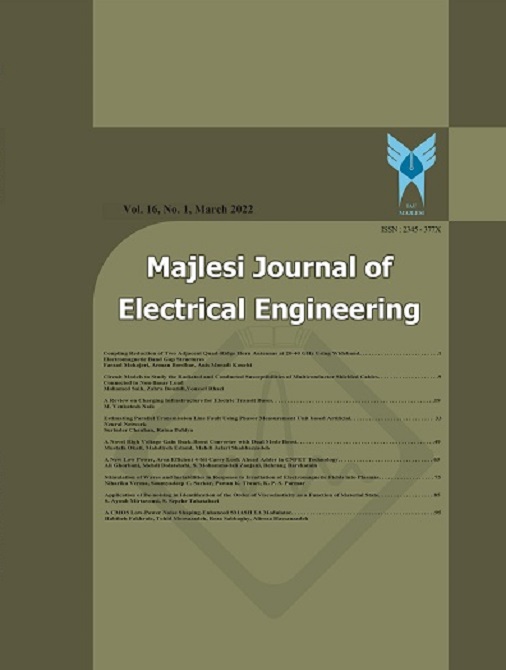[1] B., Adida, M., Biberick, “RDFa Primer”, Available At http://www.w3.org/TR/xhtml-rdf, Accessed 20 November 2010.
[2] K., Alexander, R., Cyganiak, M., Hausenblas, J., Zhao, "Describing Linked Datasets - On the Design and Usage of voiD, the Vocabulary of Interlinked Datasets", In Linked Data on the Web Workshop (LDOW09) Workshop at 18th International World Wide Web Conference, Spain, 2009.
[3] S., Auer, C., Bizer, G., Kobilarov, J., Lehmann, and Z., Ives, “DBPedia: a nucleus for a web of open data”, In 6th International conference of Semantic Web, Busan, Korea, 2009.
[4] R., BaezaYates, E., Davis, “Web Page Ranking using Link Attributes”, In Conference of World Wide Web, New York, USA pp. 328-329, 2004.
[5] R., Baeza-Yates, B., Ribeiro-Neto, “Modern Information Retrieval”, Addison Wesley Longman, 2001.
[6] Y., Bao, Z., Ming, and Y., Shang, “Some Recent Results on Ranking Webpages and Websites”, Technical Report, Chinese Academy of Sciences, 2007.
[7] T., Berners-Lee, Available At “http://www.w3.org/ DesignIssues/LinkedData.html”, Accessed 20 November 2010.
[8] T., Berners-Lee, R., Fielding, and L., Masinter, “Uniform Resource Identifier: Generic Syntax. Request for Comments: 3986”, IETF Network Working Group, 2005.
[9] C., Bizer, T., Heath, D., Ayers, and Y., Raimond, “Interlinking Open Data on the Web”, In Proceedings Poster Track, ESWC, Innsbruck, Austria, 2007.
[10] C., Bizer, T., Heath, and T., Berners-Lee, “Linked Data-The Story So Far”, International Journal on Semantic Web and Information Systems (IJSWIS), Special Issue on Linked Data, Vol. 5, No. 3, pp. 1-22, 2009.
[11] C., Bizer, J., Lehmann, G., Kobilarov, S., Auer, C., Becker, R., Cyganiak, and S., Hellmann, “DBpedia - A crystallization point for theWeb of Data”, Journal of Web Semantics: Science, Services and Agents on theWorld Wide Web, 2009
[12] C., Bizer, T., Heath, and T., Berners-Lee, “Linked Data: Principles and State of the Art”, in 17th International World Wide Web Conference, in Beijing, China, 2008.
[13] D., Brickley, R. V., Guha, “RDF Vocabulary Description Language 1.0: RDF Schema”, Available At http://www.w3.org/TR/rdf-schema/, Accessed 20 November 2010, 2004.
[14] S., Brin, L., Page, “The anatomy of a large-scale hypertextual Web search engine”, In 7th Conference of World Wide Web, Australi, 1998.
[15] S., Chakrabarti, B., Dom, S., Kumar, P., Raghavan, S., Rajagopalan, A., Tomkins, D., Gibson, and J., Kleinberg, “Mining the Web’s link structure”, In Journal of IEEE Computer, Vol. 32, No. 8, pp. 60-67, 1999.
[16] D., Cohn, H., Chang, and M., Kaufmann, “Learning to probabilistically identify authoritative documents”, in 17 International Conference on Machine Learning, San Francisco pp. 167–174, 2000.
[17] R., Delbru, N., Toupikov, M., Catasta, G., Tummarello, and S., Decker, “Hierarchical Link Analysis for Ranking Web”, In 7th Extended Semantic Web Conference, Greece, 2010.
[18] C., Ding, H., Zha, X., He, P., Husbands, and H., Simon, “Link analysis: hubs and authorities on the world wide web”, SIAM Review, Vol. 46, No. 2, pp.256-268, 2004.
[19] W., Fan, M., Gordon, and P., Pathak, “A generic ranking function discovery framework by genetic programming for information retrieval”, In Journal of Information Processing And Management, Vol. 40 , No. 4, pp. 587–602, 2004.
[20] A., Harth, S., Decker, “Optimized Index Structures for Querying RDF from the Web”, In Proceedings of the Third Latin American Web Congress, Buenos Aires, pp. 71-80, 2005.
[21] T., Heath, “An Introduction to Linked Data”, Available At http://tomheath.com/slides/2009-02-austin-linkeddata-tutorial.pdf, Austin, Texas, (Accessed 20 November 2010), 2009.
[22] A., Hogan, A., Harth, and S., Decker, “ReConRank: A Scalable Ranking Method for Semantic Web Data with Context”, In 2nd Workshop on Scalable Semantic Web Knowledge Base Systems, 2008.
[23] J. M., Kleinberg, “Authoritative sources in a hyperlinked Environment”, Journal of the ACM, Vol. 46, No. 5, pp. 604-632, 1999.
[24] G., Miller, WordNet. Available At http://wordnet.princeton.edu (Accessed 20 November 2010).
[25] K., Möller, M., Hausenblas, R., Cyganiak, S., Handschuh, and G., Grimnes, “Learning from Linked Open Data Usage: Patterns & Metrics”, In Proceedings of the Web Science Conference, Raleigh, NC, April, 2010.
[26] L., Page, S., Brin, R., Motwani, and T., Winograd, “The Page Rank citation ranking: Bringing order to the web”. Stanford Digital Libraries, Technical Report, 1999.
[27] J., Pound, P., Mika, and H., Zaragoza, “Ad-hoc Object Ranking in the Web Of Data”, In International Conference of World Wide Web, ACM, Raleigh, North Carolina, 2010.
[28] C., Ridings, M., Shishigin, “Pagerank uncovered”, White Paper, Available At: http://www.voelspriet2.nl/PageRank.pdf (Accessed 20 November 2010), 2002.
[29] J., Shinavier, “The State of The art in Linked Data”, Literature Review, Avalable At www.slideshare.net/joshsh/the-state-of-the-art-in-linked-data (Accessed 20 November 2010), 2009.
[30] T. Çelik. H., Calendar, “Microformat specification”, Available at http://microformats.org/ (Accessed 20 November 2010), 2008.
[31] N., Toupikov, J., Umbrich, “DING! Dataset Ranking using Formal Descriptions”, In Linked Data on the Web Workshop (LDOW09) Workshop at 18th International World Wide Web Conference, Spain, 2009.
[32] G., You, S., Hwang, “Search structures and algorithms for personalized ranking”, In Journal of Information Science, Vol. 178, No. 20, pp. 3925-3942, 2008.
[33] Xing, W., Ghorbani, A.(2004), “Weighted PageRank Algorithm”, In Proceedings of the 2nd Annual Conference on Communication Networks and Services Research, pp. 305 – 314.

